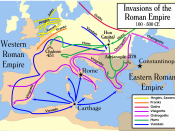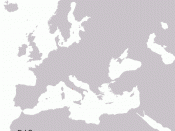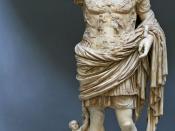The demography of Rome and the Roman Empire has proven to be a vexing problem for ancient historians and classicists alike. This area has received much attention recently in modern scholarship with a variety of approaches utilized in order to accurately estimate the population of the ancient city of Rome. However, others often ignore the issue completely as irrelevant to their area of study. It is surprisingly easy to construct a clear and accurate narrative of both the Roman capital and the Empire without a clear picture of the demographic growth of city. The vast quantities of literature produced by the Romans, much of which contains valuable statistical data, makes the task seem deceptively simple. However, the literature of medieval and later scholars regarding the empire tend to focus on the events that shaped the empire, military victories and tactics, monumental construction projects, and cultural achievements in literature and poetry, rather than the bland, yet important, statistical data that enables a complete image of the city.
The emphasis placed upon classical philology within the field had shifted the focus of Roman studies toward either the intangible aspect of Roman culture or the easily grasped aspects of history, as recorded by the great Roman authors. It is not that relevant information is lacking as the Romans had compiled vast quantities of data, much of which exists today, but rather the difficulties lie in interpreting the data and extrapolating upon the available information.
Any examination of Roman demography must initially begin with the census. It not only covers hundreds of years, but also, upon a cursory investigation, appears to rend the entire issue moot point. This is clearly not the case. The census data, although it appears to be the "be all and end all" factor in Roman demography, as it leaves...


